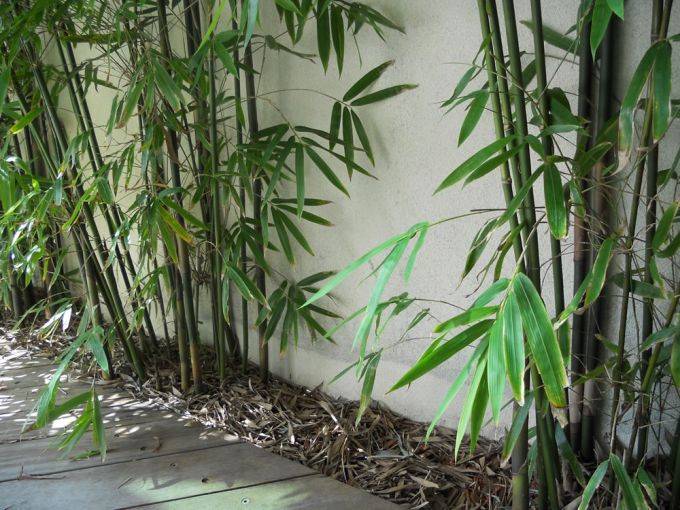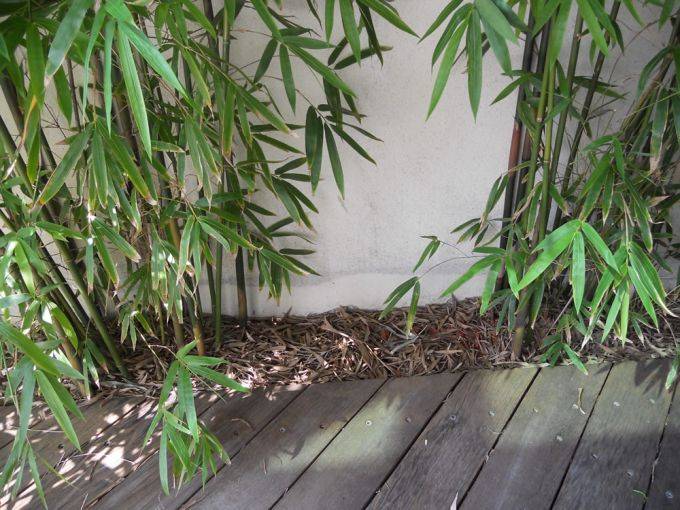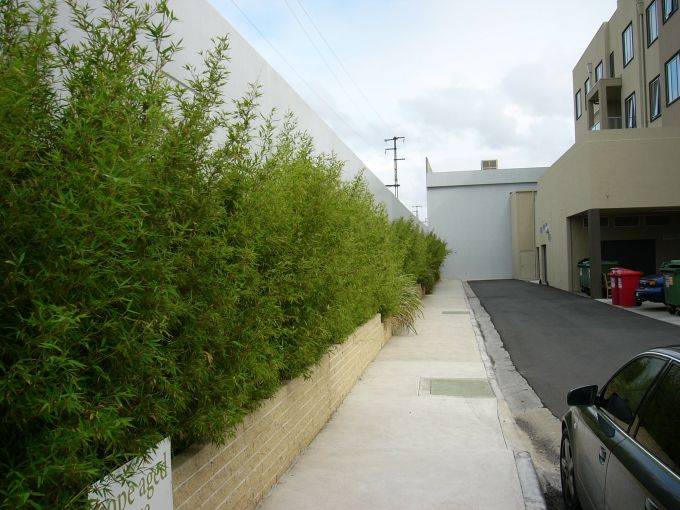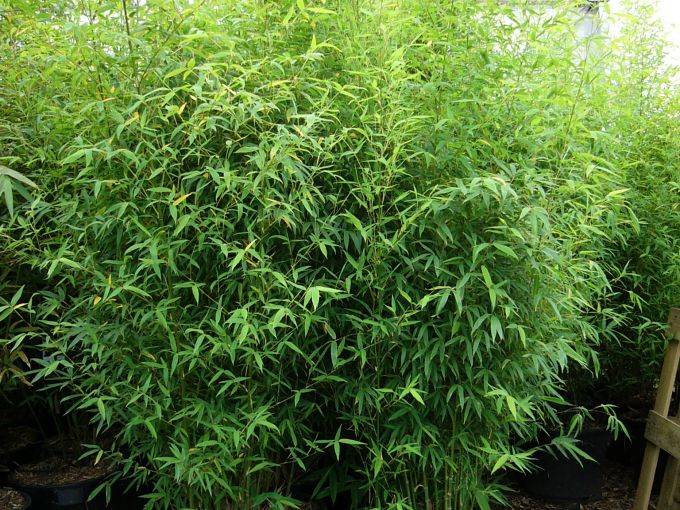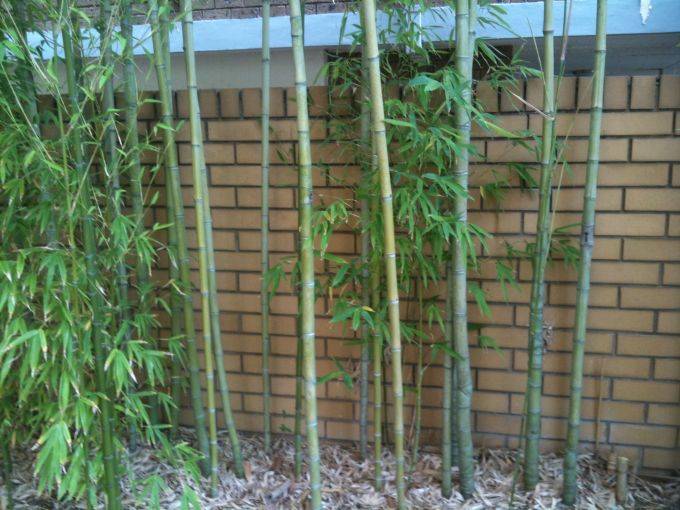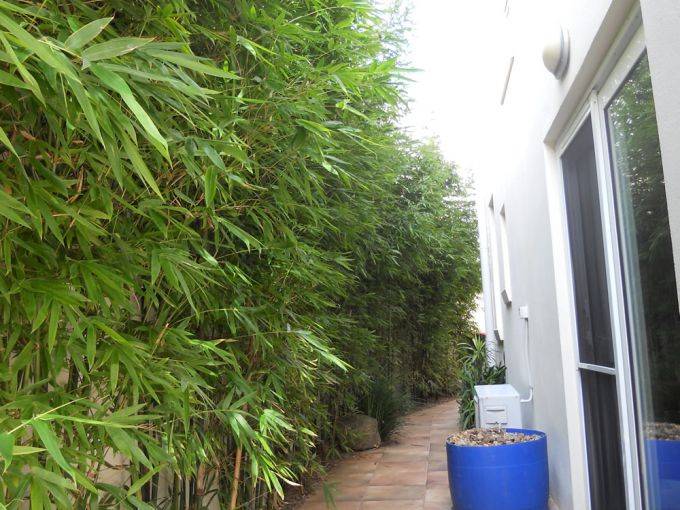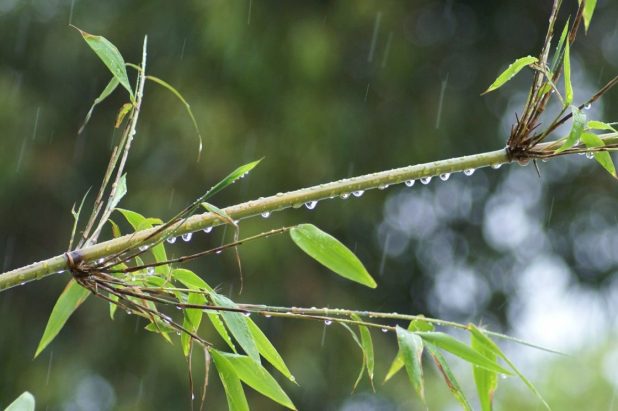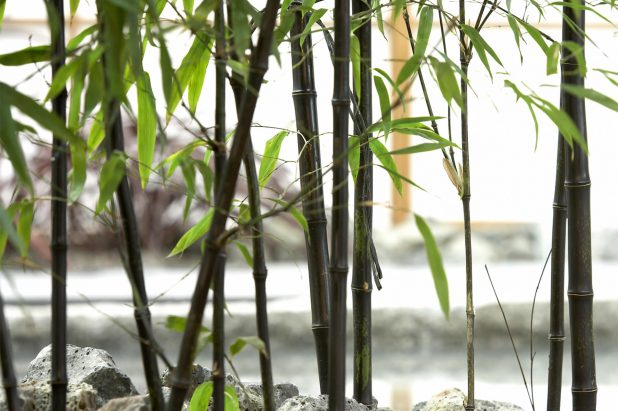Green Bamboo Plants
Sunlight: Phyllostachys aurea
Sunlight: Full Sun, Partial Shade
Height: Between 3-6 Metre
- Extremely hardy.
- Extremely versatile..
- Extremely fast growing.
25cm PoT
2 mEtRE
$90 33cm PoT
3 mEtRE
$200 40cm PoT
3.5 mEtRE
$340 50cm PoT
3-5 mEtRE
$480
Contact Us
We stock several hardy green bamboo varieties, which we recommend over clumping types for potted growth in exposed conditions. Running bamboo adapts far better to container life than clumping varieties.
Most green running bamboos are highly versatile and can be shaped into a short, dense hedge, a tall, minimalist statement, or anything in between.
While Green Bamboo can occasionally attract aphids, these pests are easily controlled with insecticide or even a simple soapy water spray applied to the foliage.
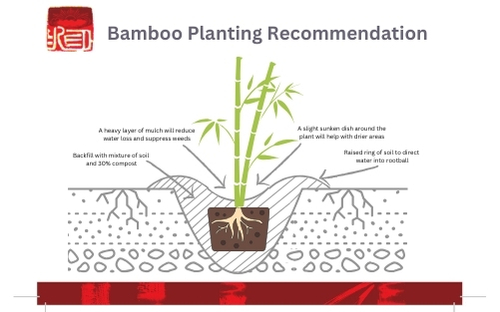
Check Our Bamboo Varieties
At Red Cloud Bamboo, we offer both clumping and running bamboo varieties suitable for a variety of landscaping needs. Clumping bamboos grow in dense clusters and are contained within the root zone, making them a great option for smaller gardens and containers. They require less maintenance while providing an attractive addition. Meanwhile, our running bamboos spread more rapidly both above and below ground. Without proper confinement, they can become invasive. However, running bamboos are well-suited for privacy screening when contained appropriately. Both bamboo types add an elegant natural element to landscapes when planted in optimised conditions.

